Image
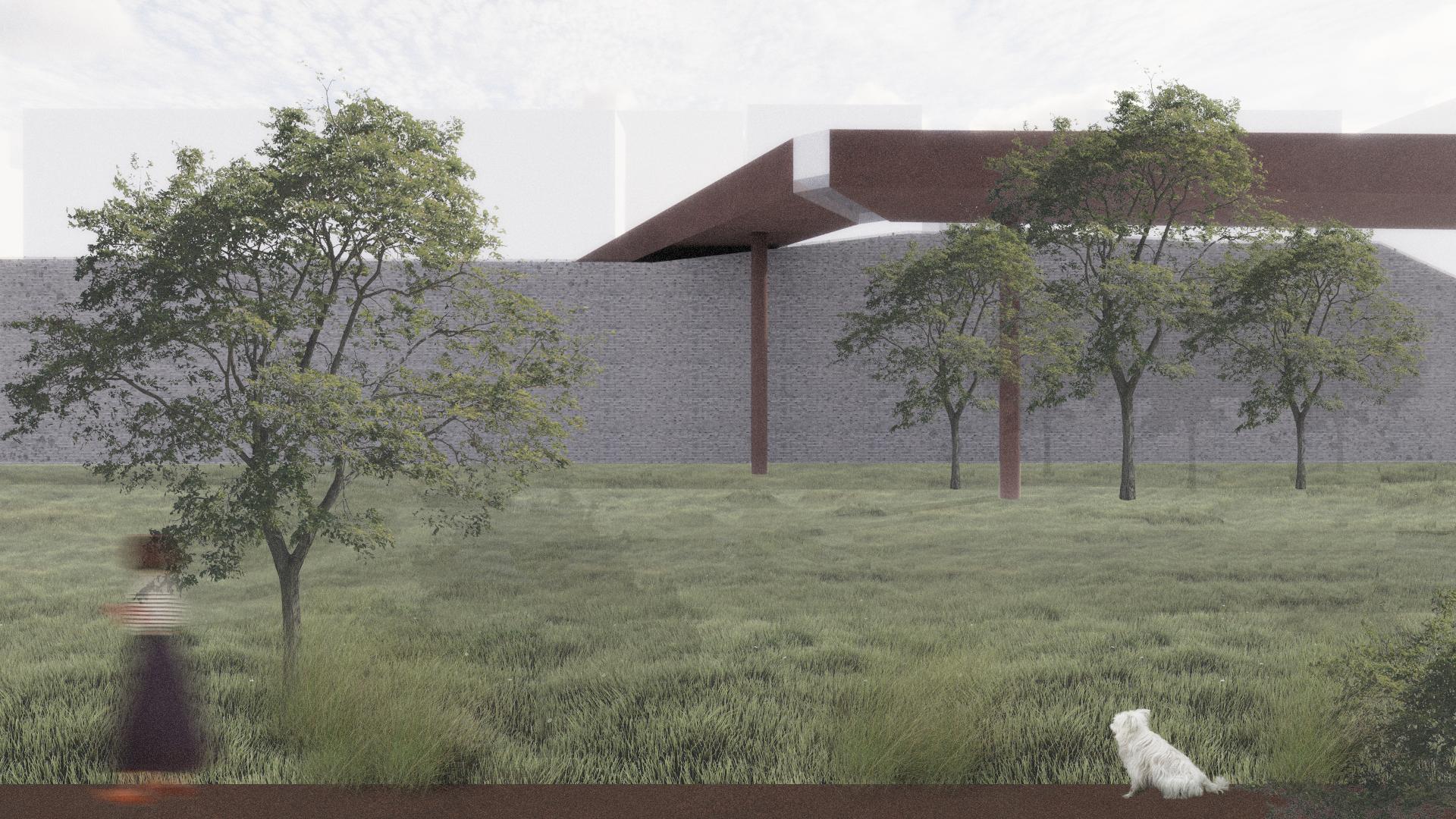
Yuan jin
Urban Memory
Abstract
Image
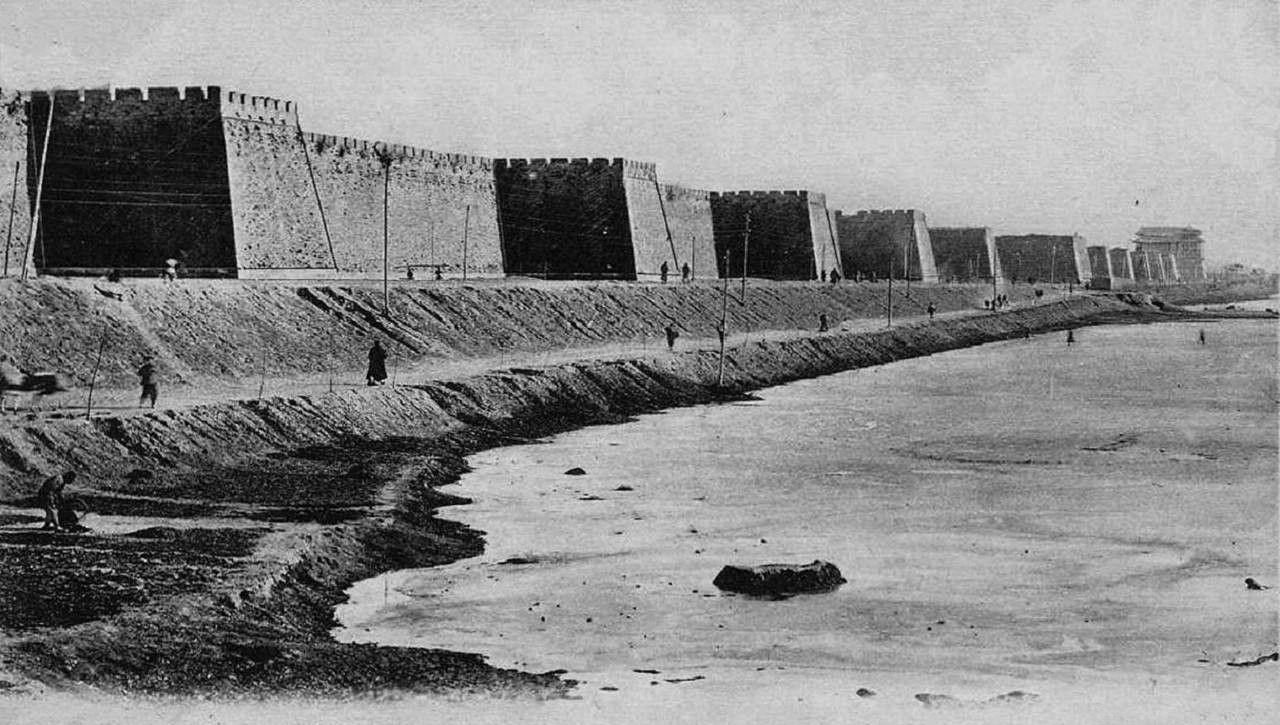
The question of how to renovate the Beijing City Wall Ruins Park raises issues that engage exhibition, architectural, landscape, and urban design, not to mention cultural relics protection. It demands that we consider our attitude towards history. The walls and towers that used to surround the city have disappeared over the years of changes and demolition. Except for the Zhengyangmen Tower and Deshengmen Tower, only a fragment exists a section of the Ming Dynasty wall in the southeast corner of the inner city.
The length of the project site is about 1.5km, which includes the wall fragment. By using the tools of exhibition design, I reactivate the old city wall and the spirit of the place. In my opinion, such a project is of great cultural significance in the process of Beijing's urban transformation. The area surrounding the wall is the threshold for the transformation of Beijing's old city and the outside world. The corner building of Dongbianmen is a landmark event before you enter Beijing station by train. From the perspective of history, it is the key area that can reflect the past development of Beijing city, as well as the development at present and in the future.
For me, it is the interpretation of places, such as memory, materials, people's lives, and possibilities. In these elements, it records rich historical aspects. However, these elements are gradually disappearing in such a corner of the city that is under the charge of different administrative regions and national departments. In view of it, my problem lies in how to reweave these elements into the changing urban texture of Beijing and how to use events to weave various activities to this place. In planning and design, architects are more willing to wake up the memory and show the level of history instead of reconstructing the city wall and making fake history, who are more willing to leave all kinds of possibilities for the future instead of adding permanent structure to the city wall, and are more willing to let the charm of history itself show naturally here instead of making a beautiful landscape.
The exhibition renovation of the Ming City Wall ruins not only transformed the original exhibition facilities, let people better understand this historical monument, but also let this historical monument be integrated into the lives of contemporary people. Different exhibition facilities serve people and ruins. It can be said that the exhibition facility is the link between the ruins and people. So how to better establish this bond and how to maximize good relationships have become the main problem solved in this project.
Introduction
The cities are always destroyed before they are protected. the planning and protection of Beijing City, the capital city of China, is the same. We cannot just regret that the ancient cities are gone. We must also enhance our awareness of protecting the cities and not let the vicious circle of "destroy before protection" continues.
The Allied Forces of the Eight Kingdoms bombarded Zhengyangmen in the Tianqiu mound, and the arrow tower was destroyed. The fire took place and caused a fire, and the tower was destroyed. The picture shows the destroyed Zhengyangmen Arrow Tower
Image
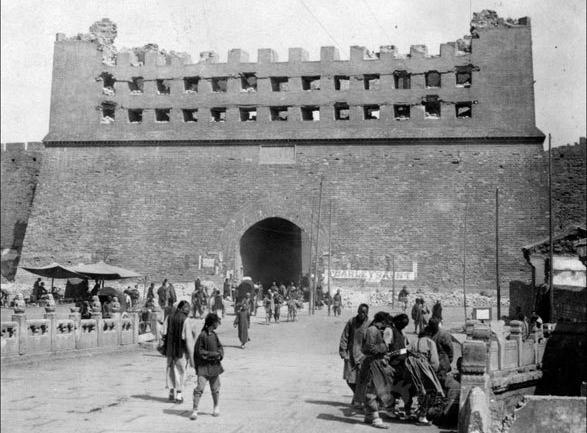
The former residence of No. 3 Zongbu Hutong in Beijing, because the original residence has been demolished. Later it aroused people's disgust, so a new "former residence" was built next to it.
Image
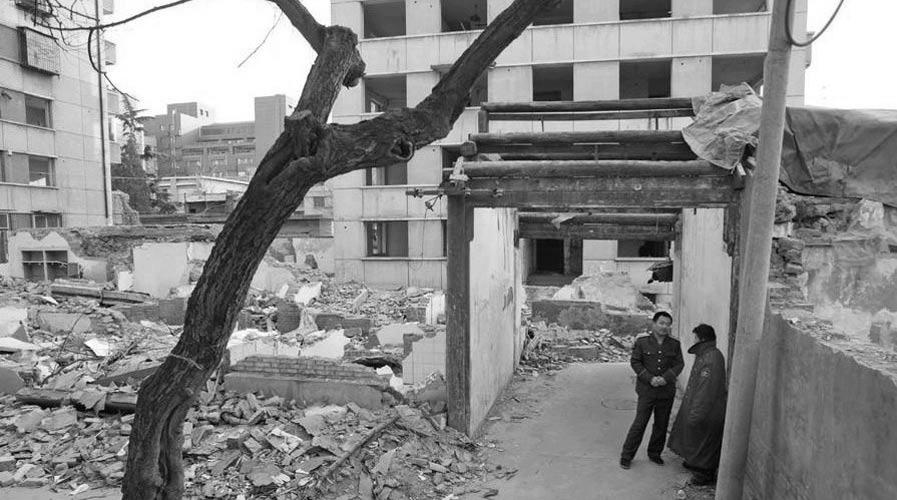
After going through various historical periods, especially after the construction of the Beijing subway, there are very few city gates and walls left in Beijing The picture shows the Dongzhimen overpass under construction in 1987. Photography: Guo Jianshe
Image
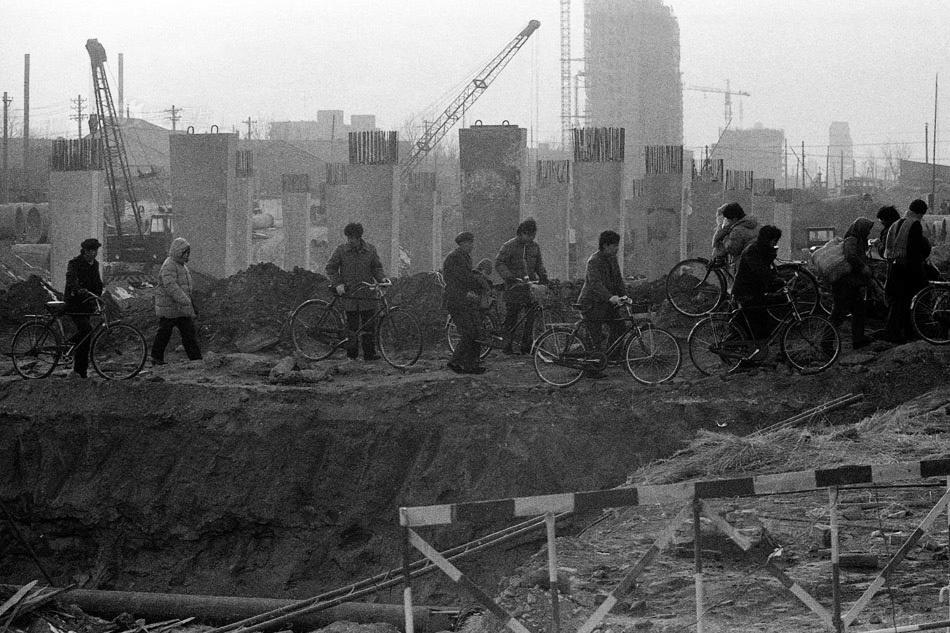
Image
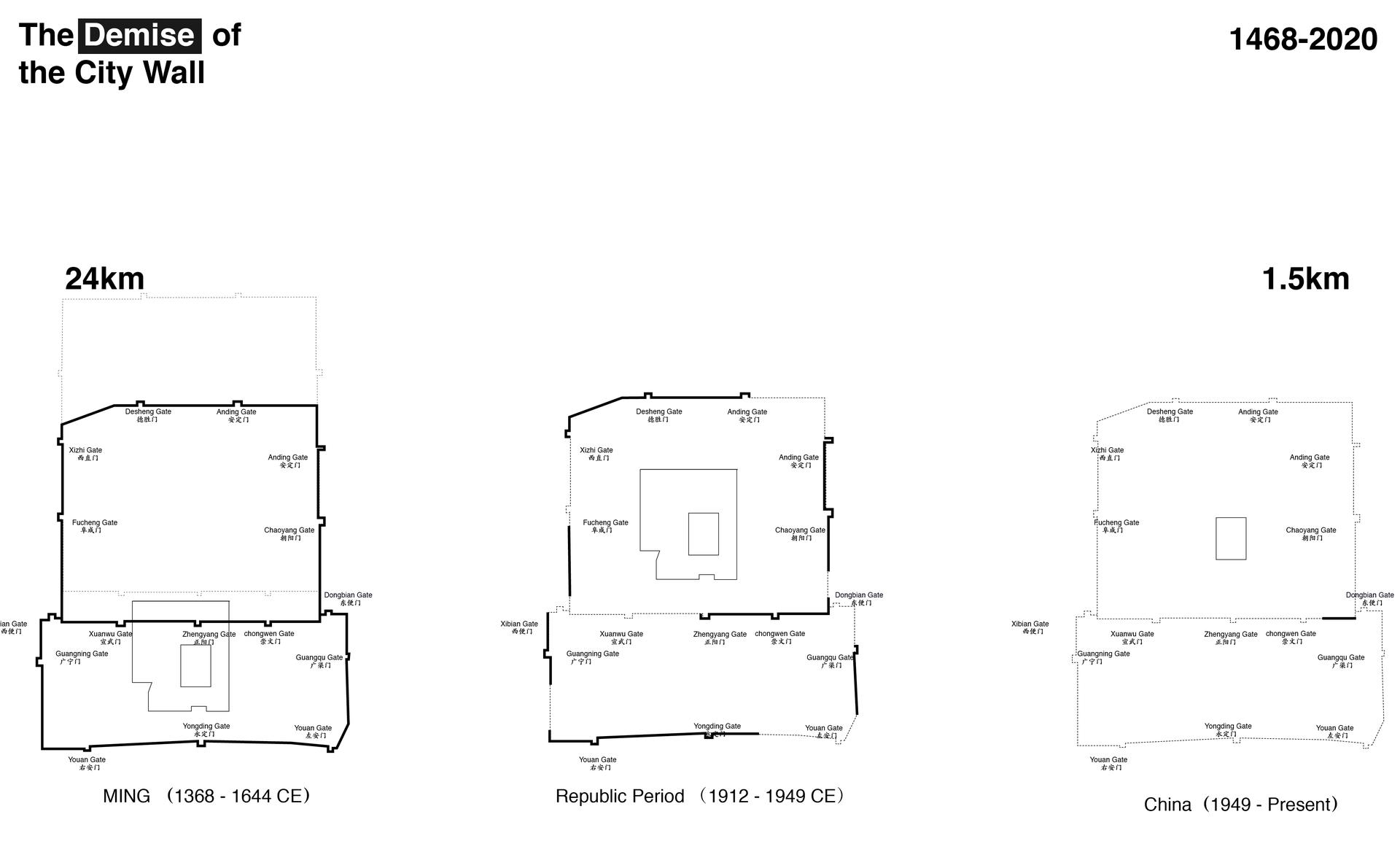
Image
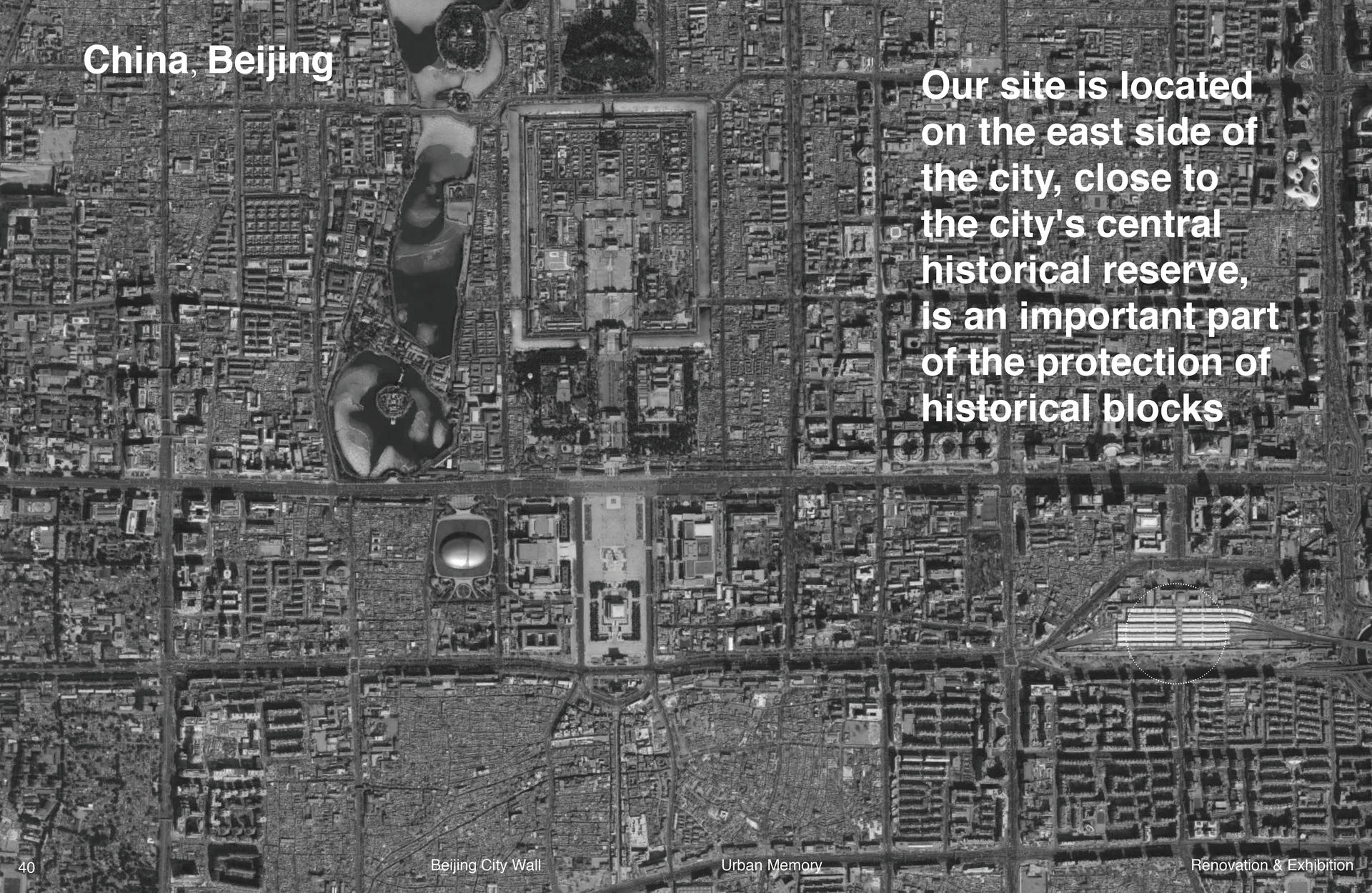
Image
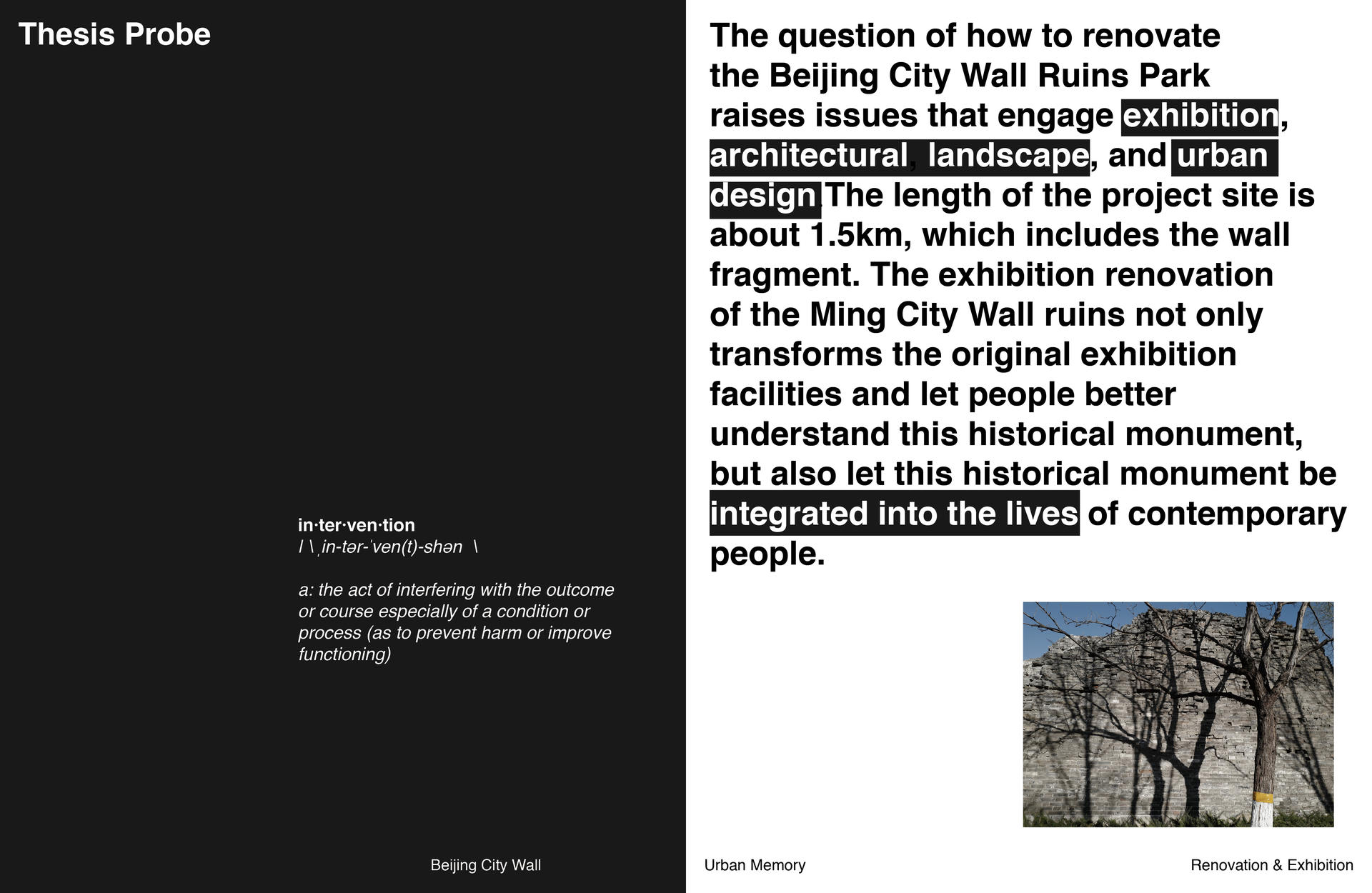
Image
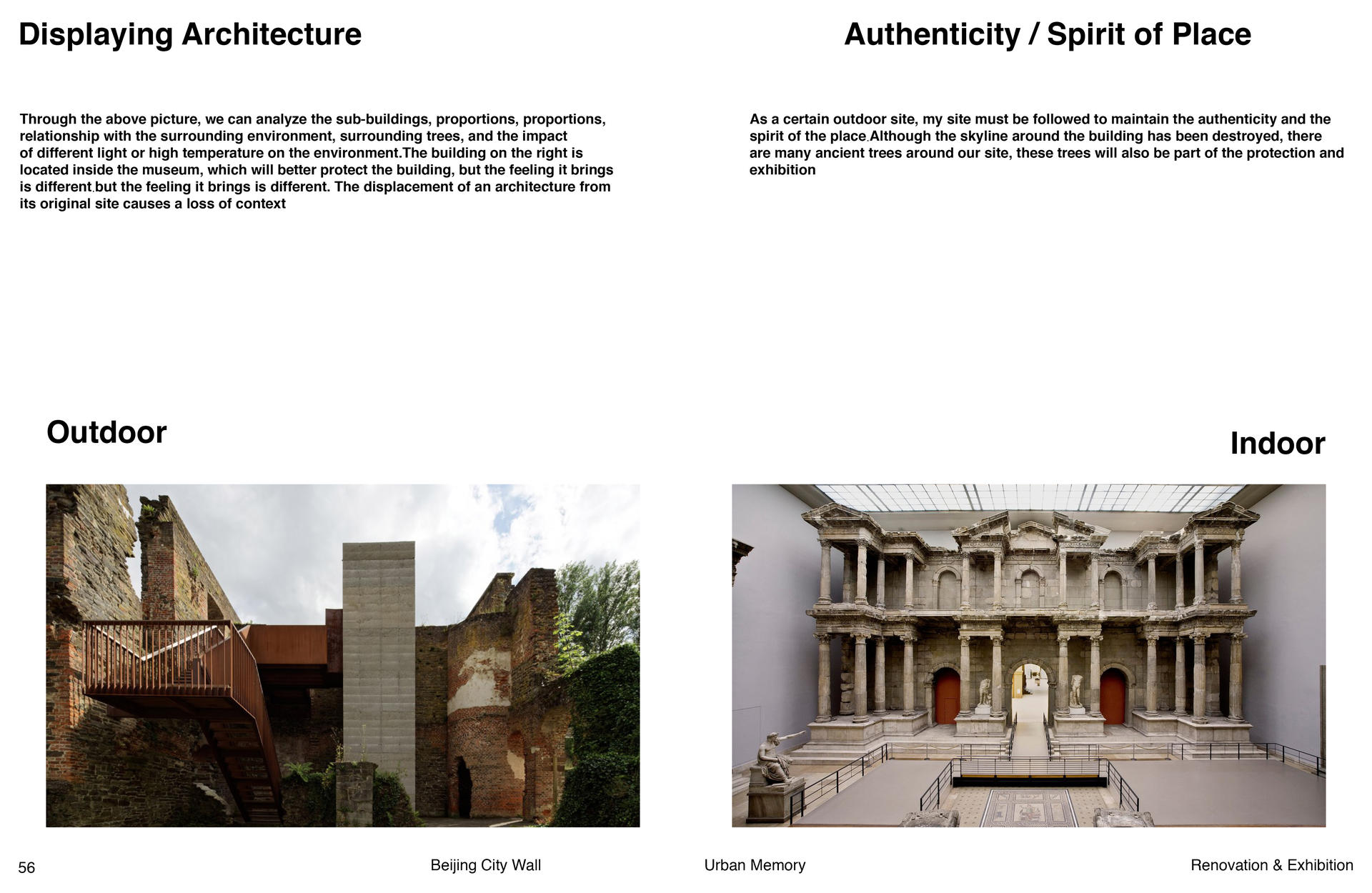
Image

Image
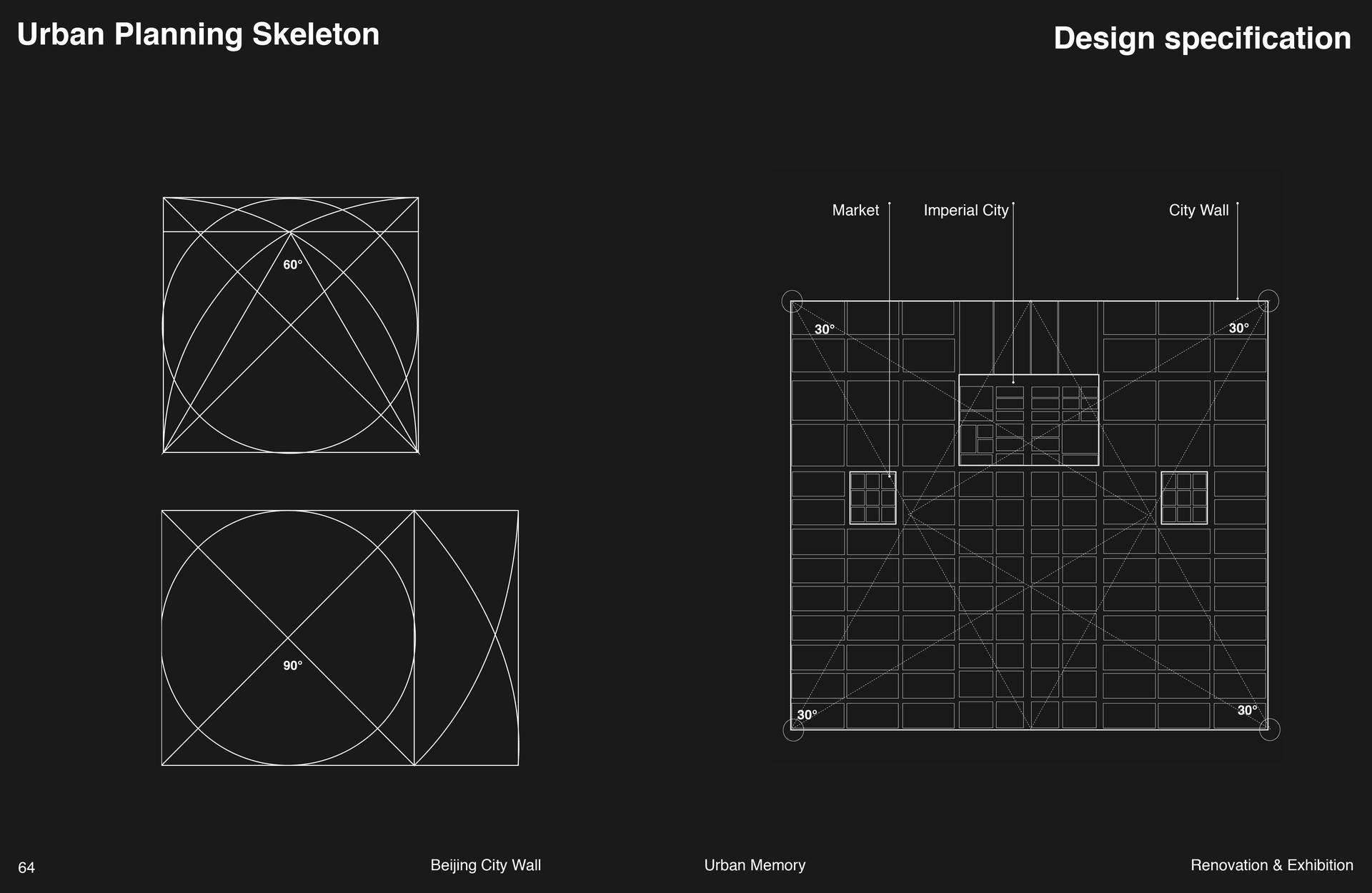
Image
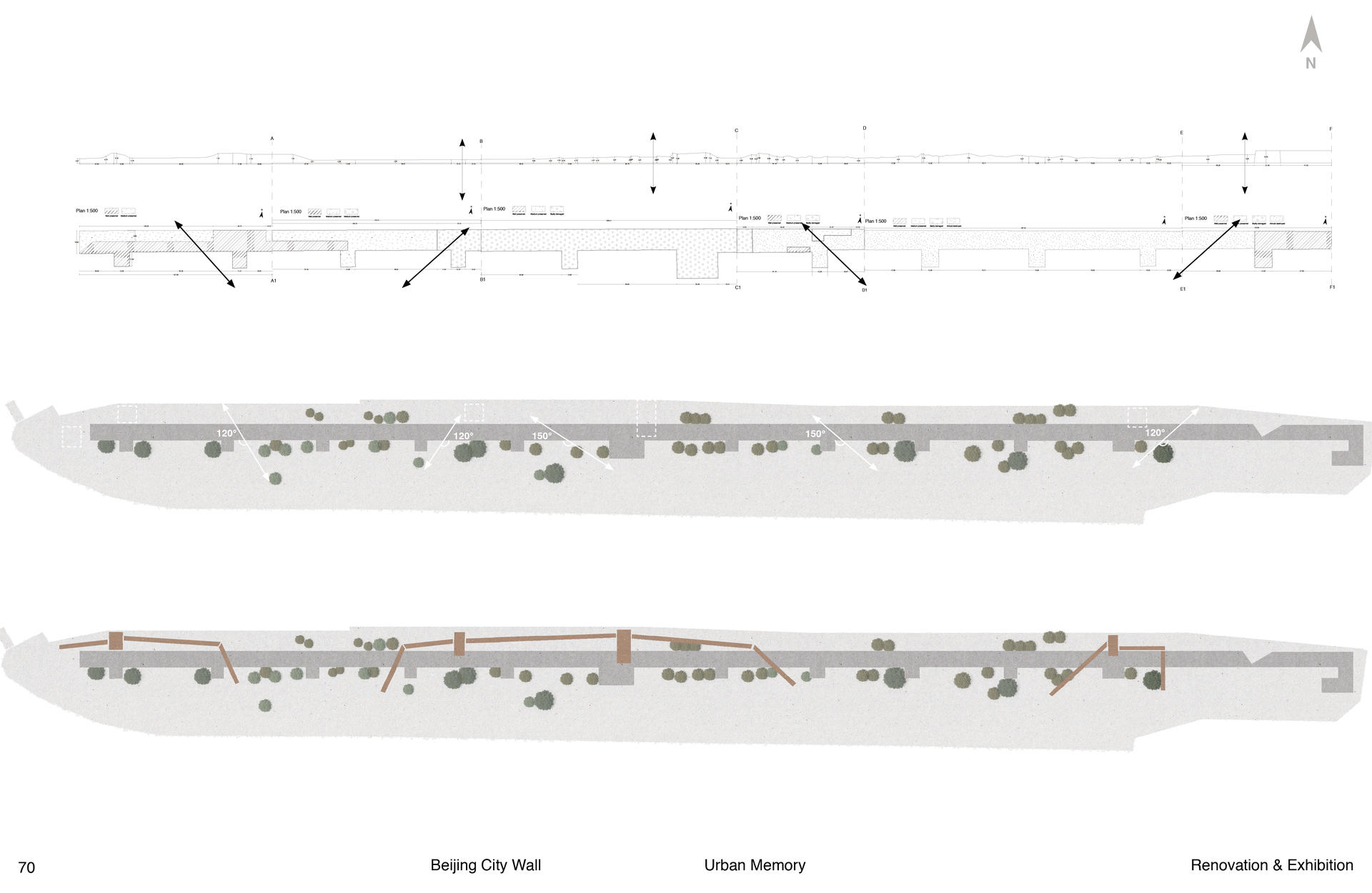
Image

Image
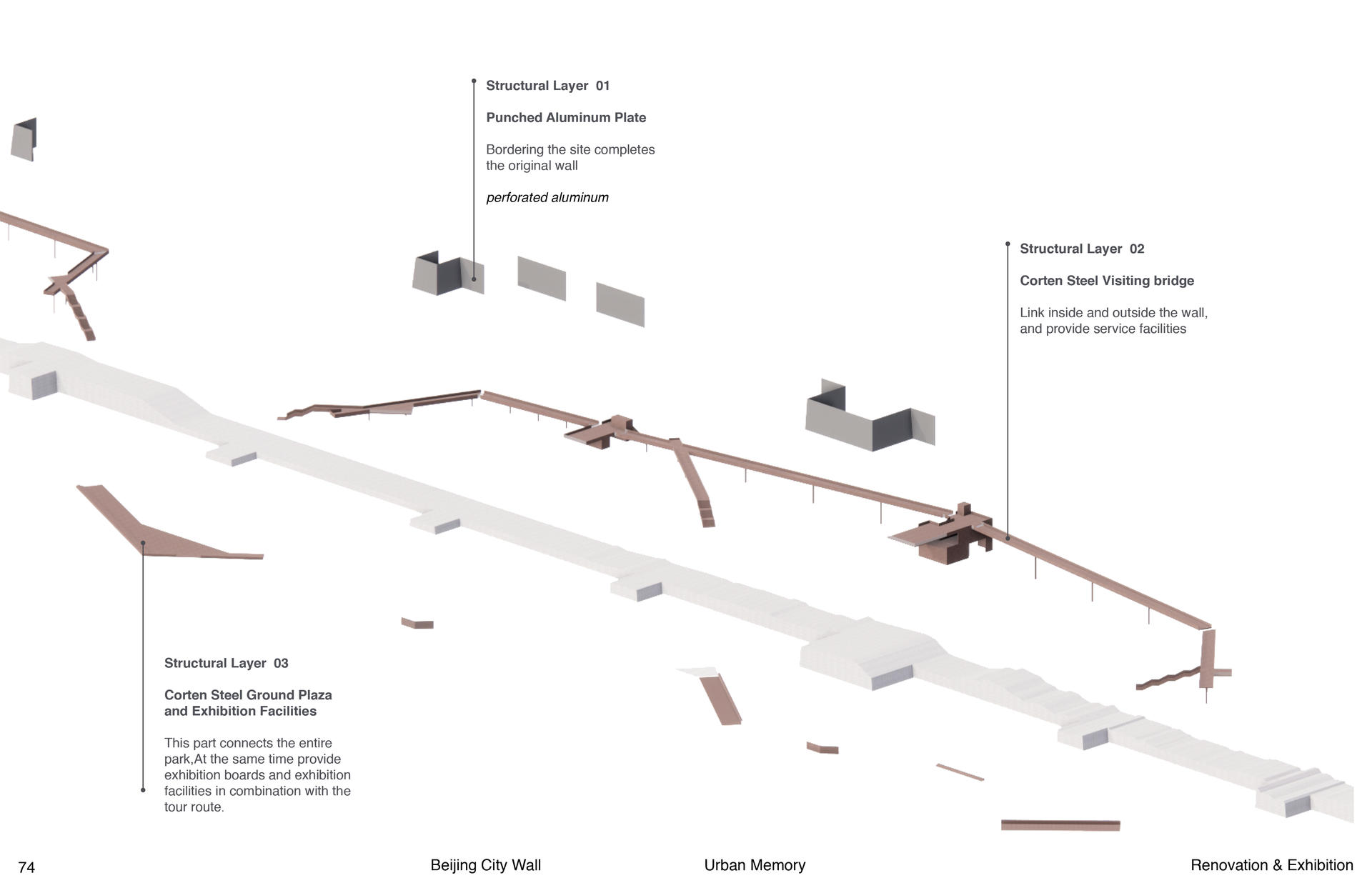
Image
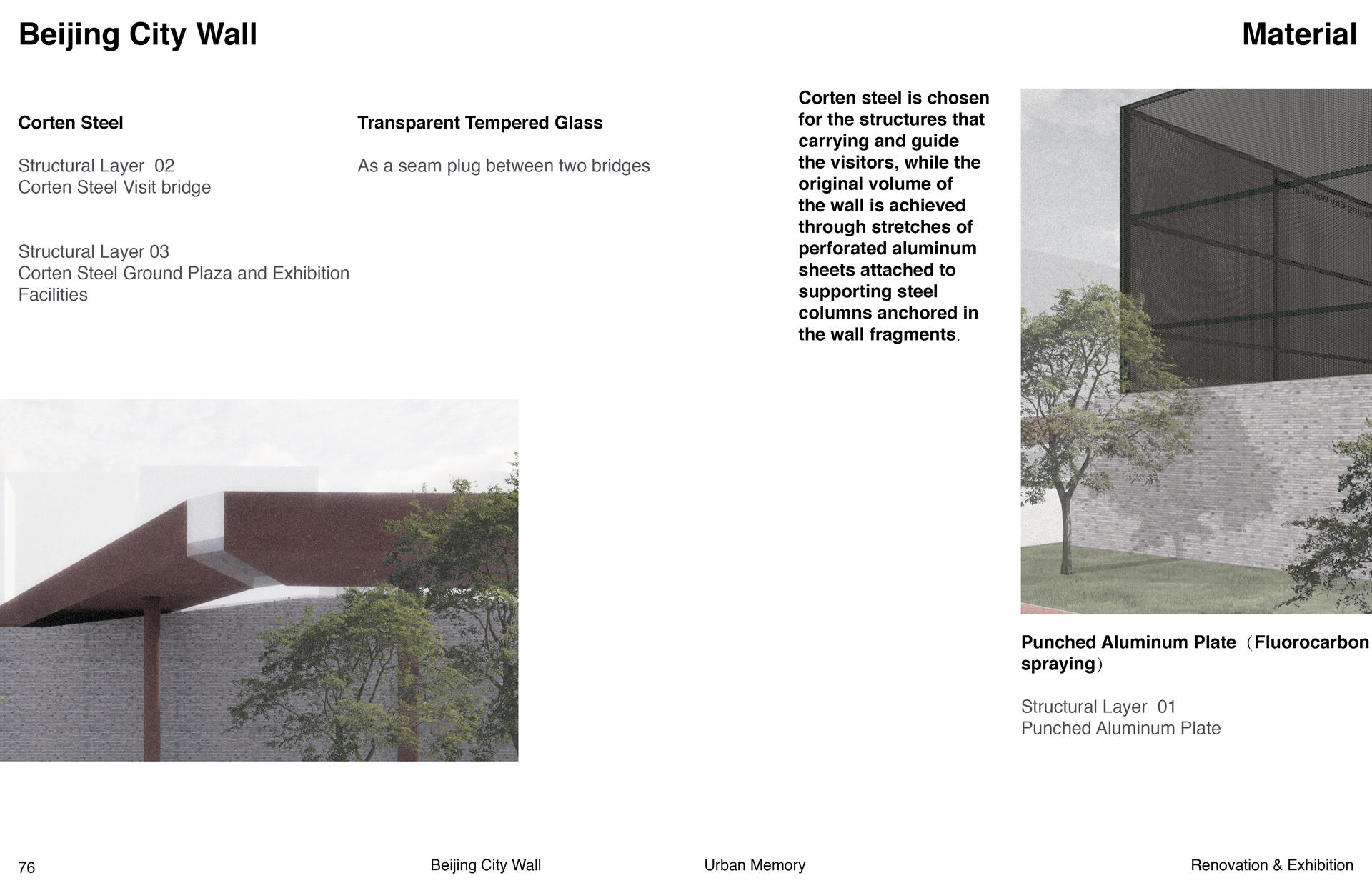
Image
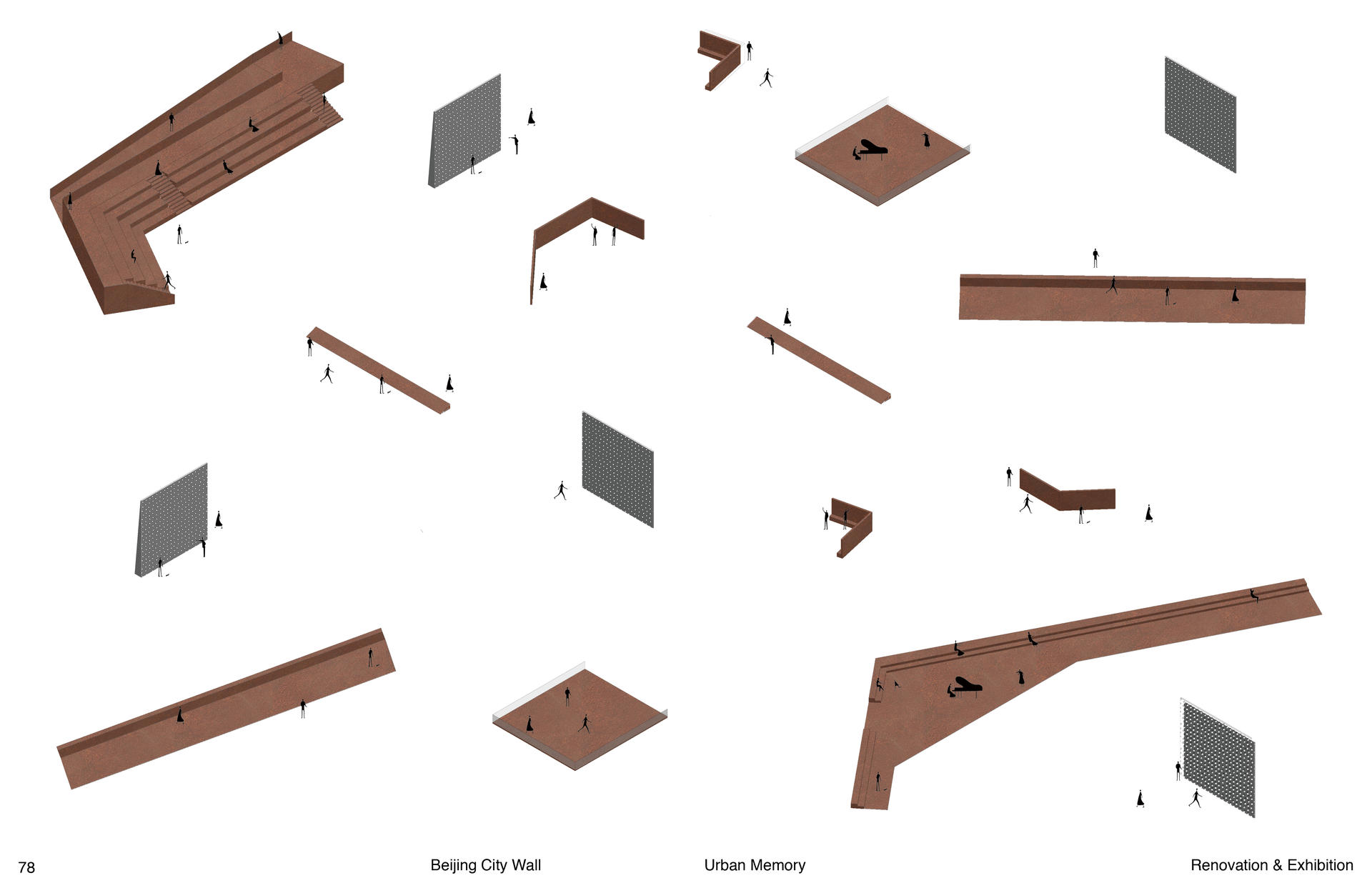
Image
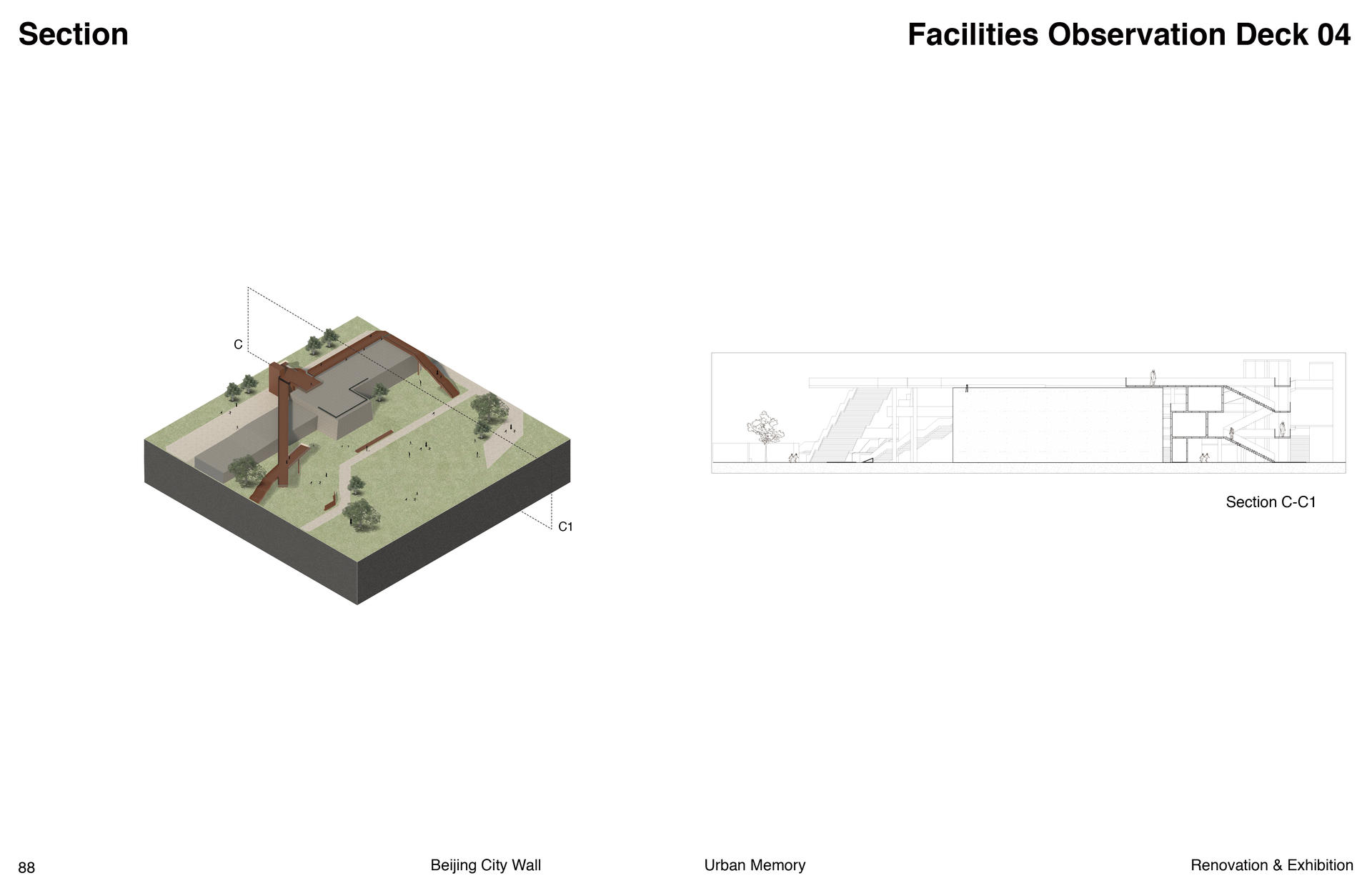
Image
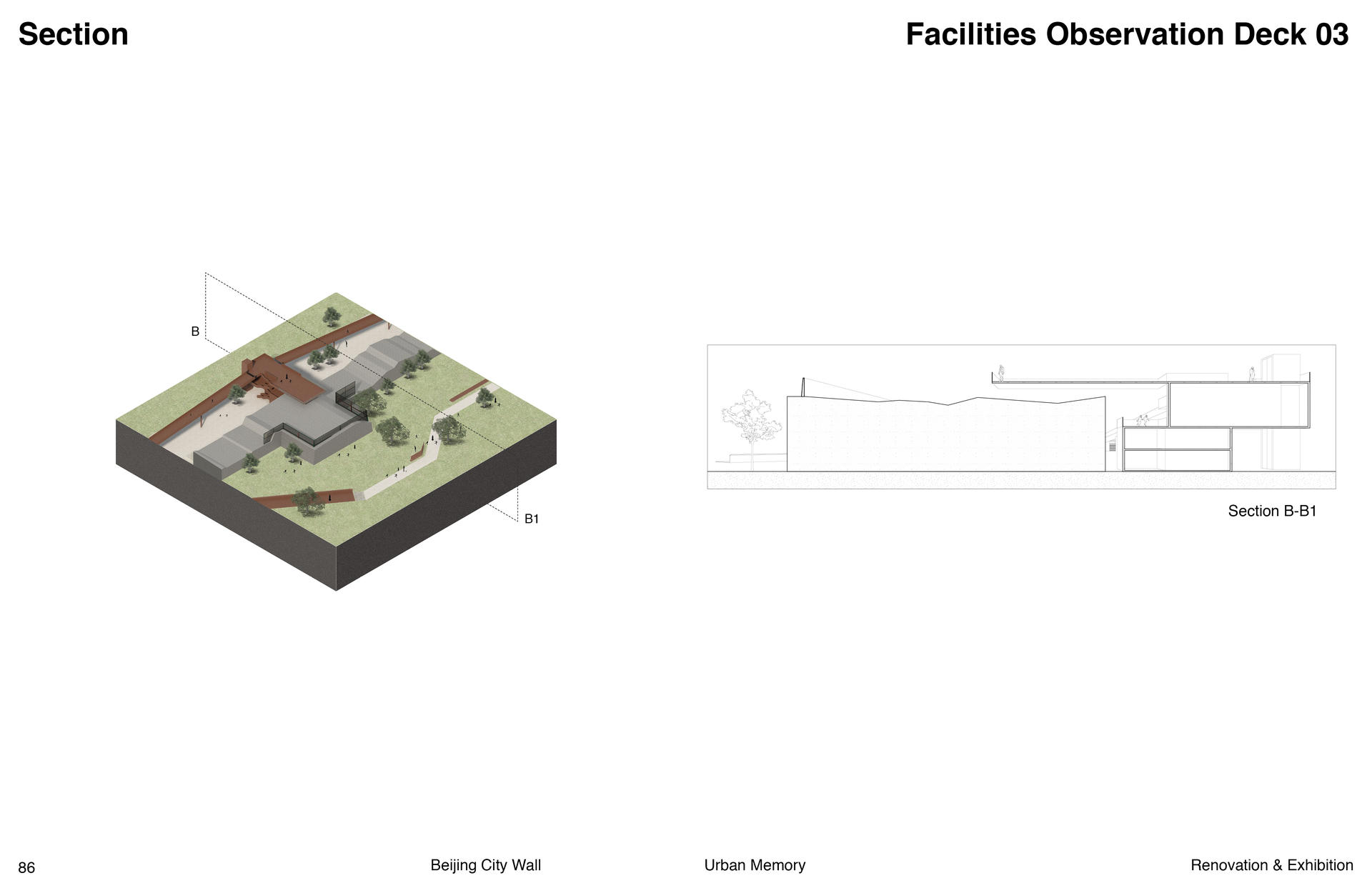
Image
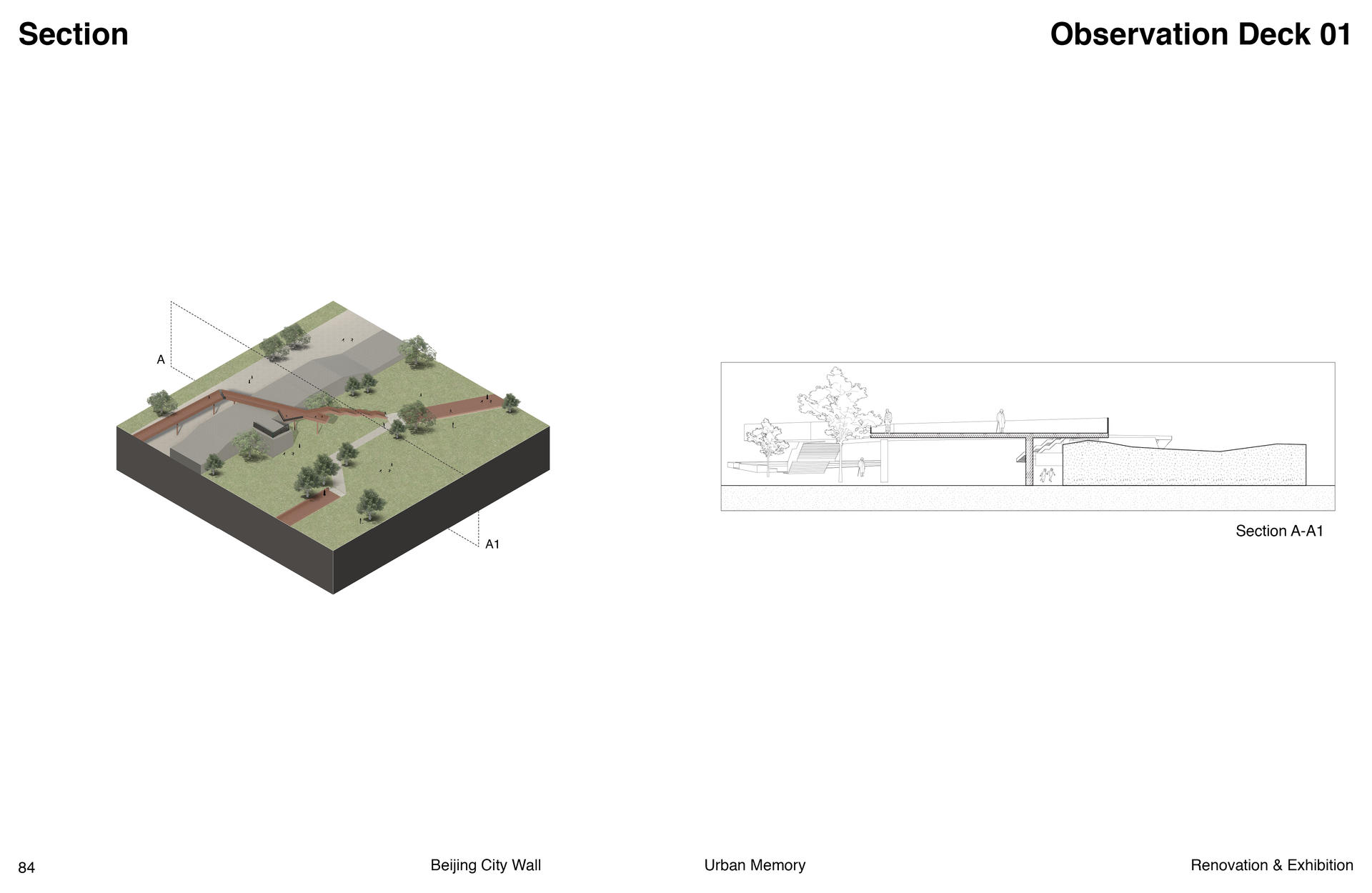
Image
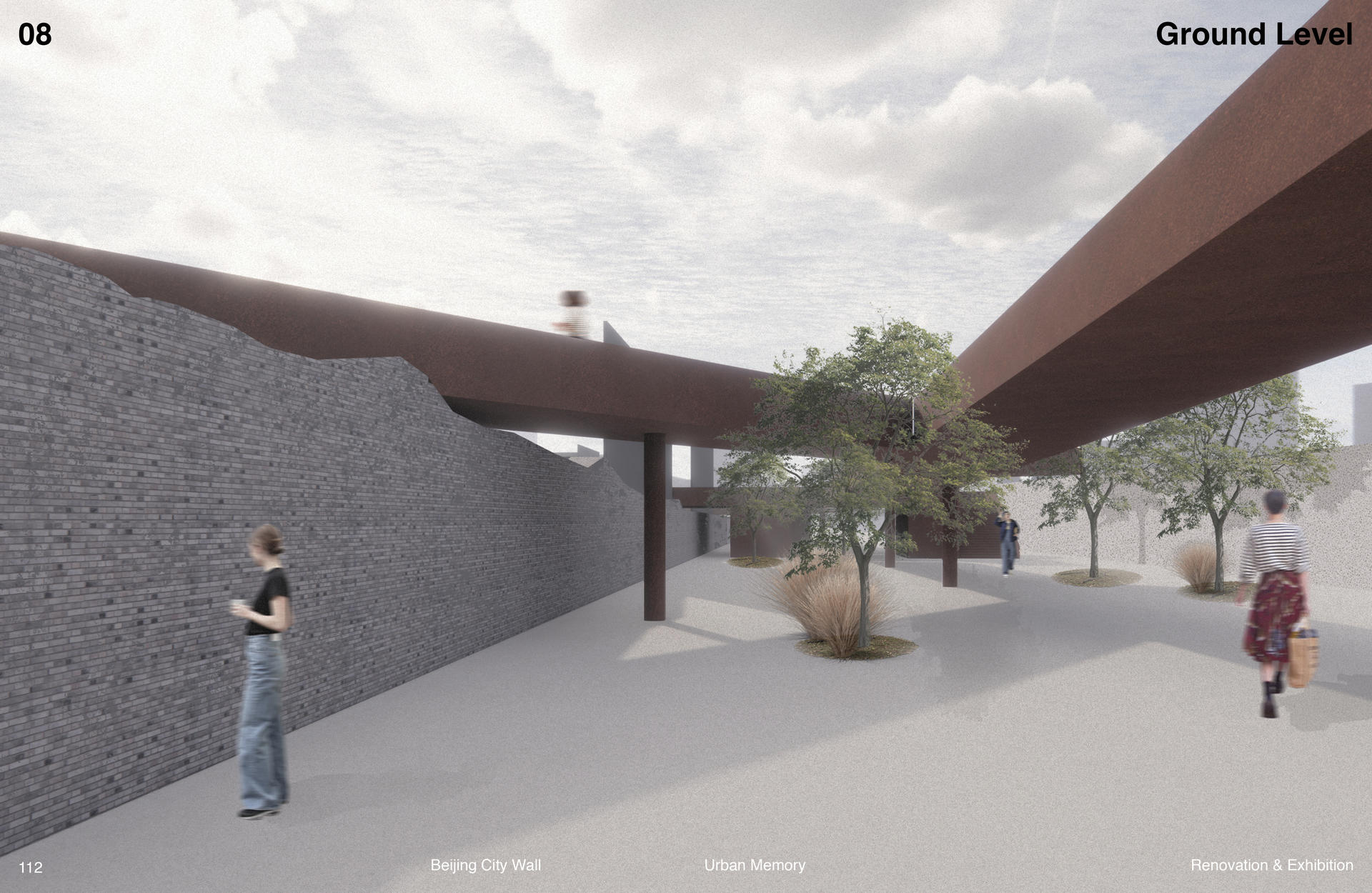
Image
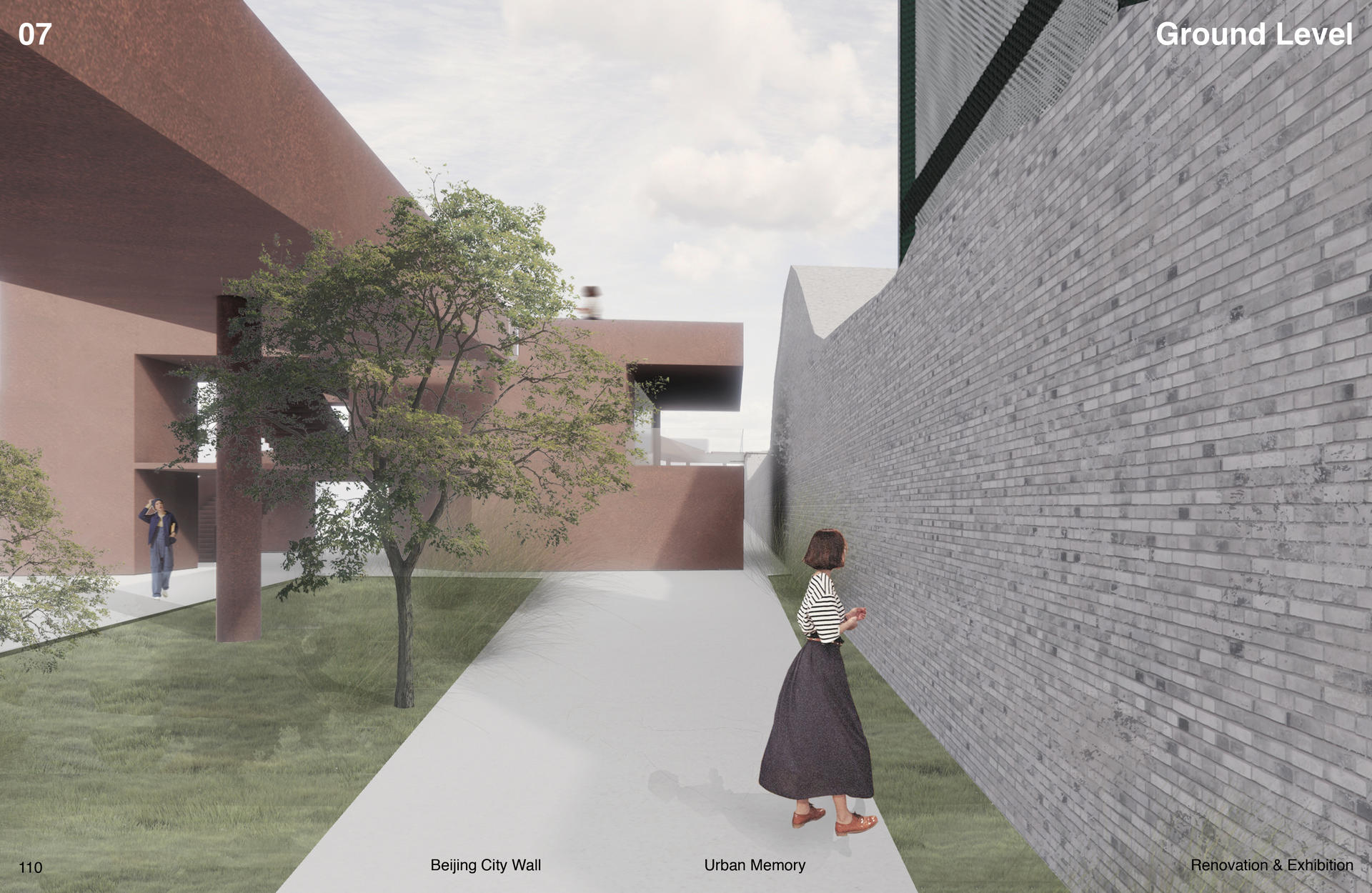
Image
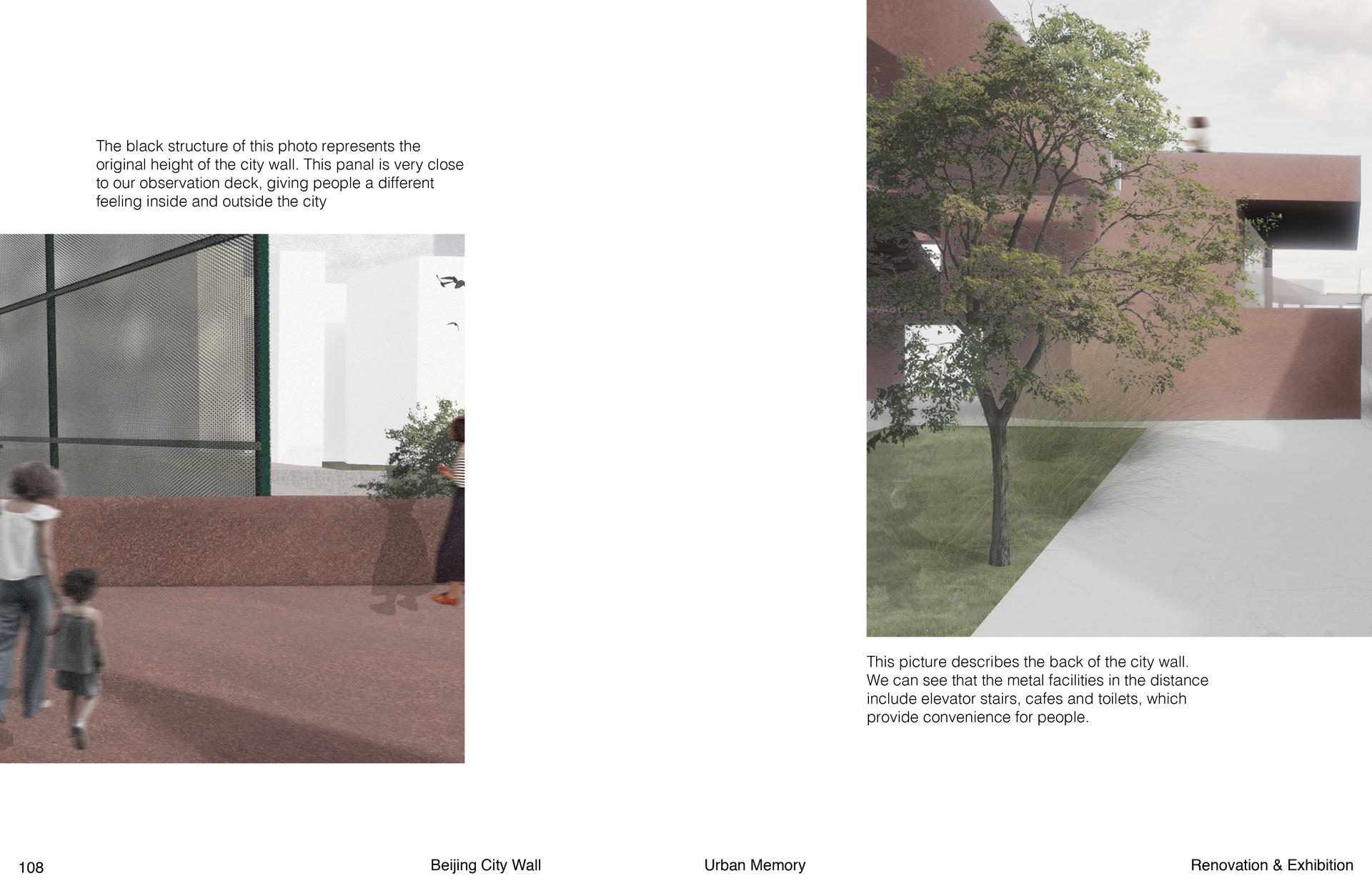
Image
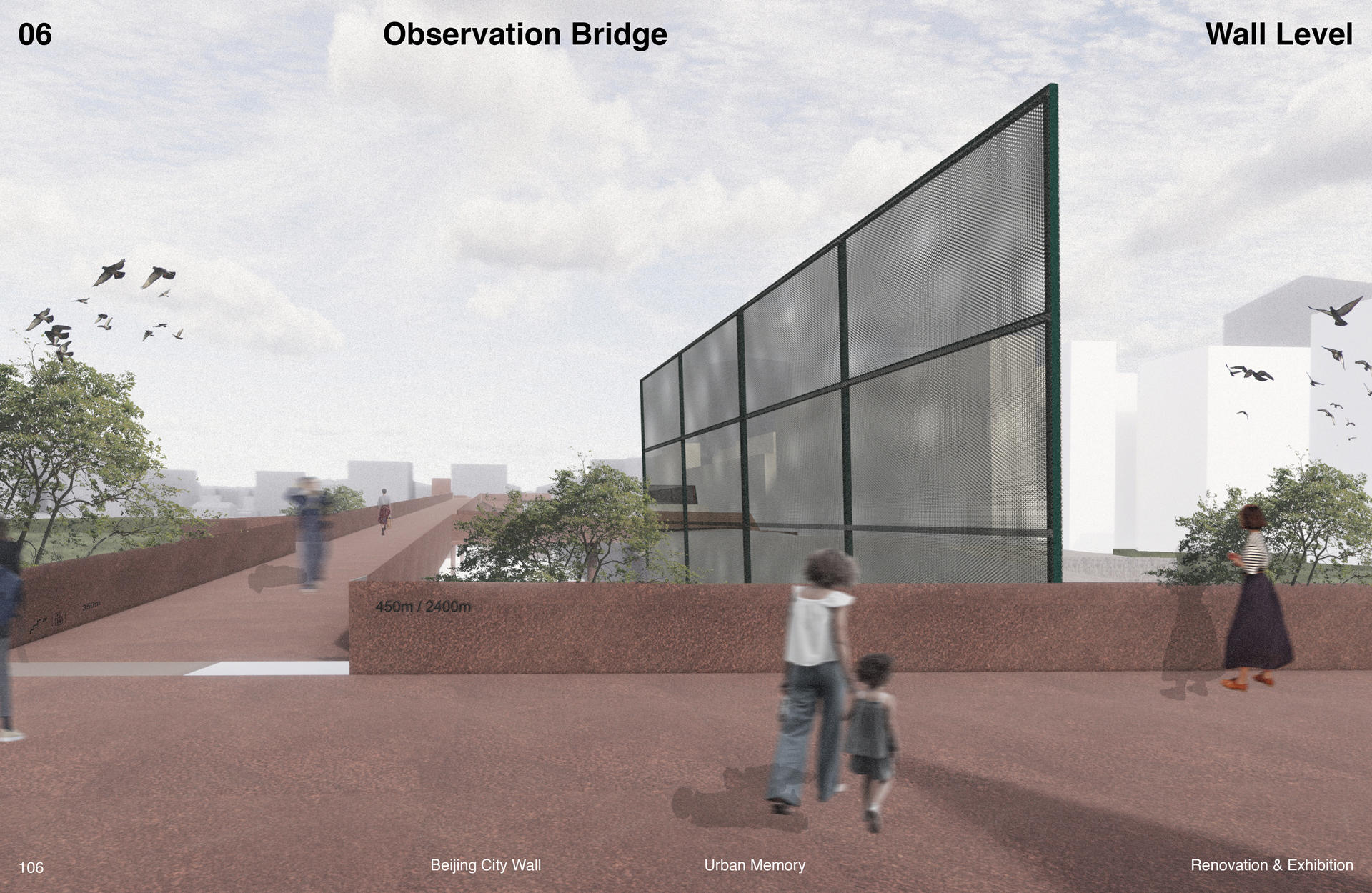
Image
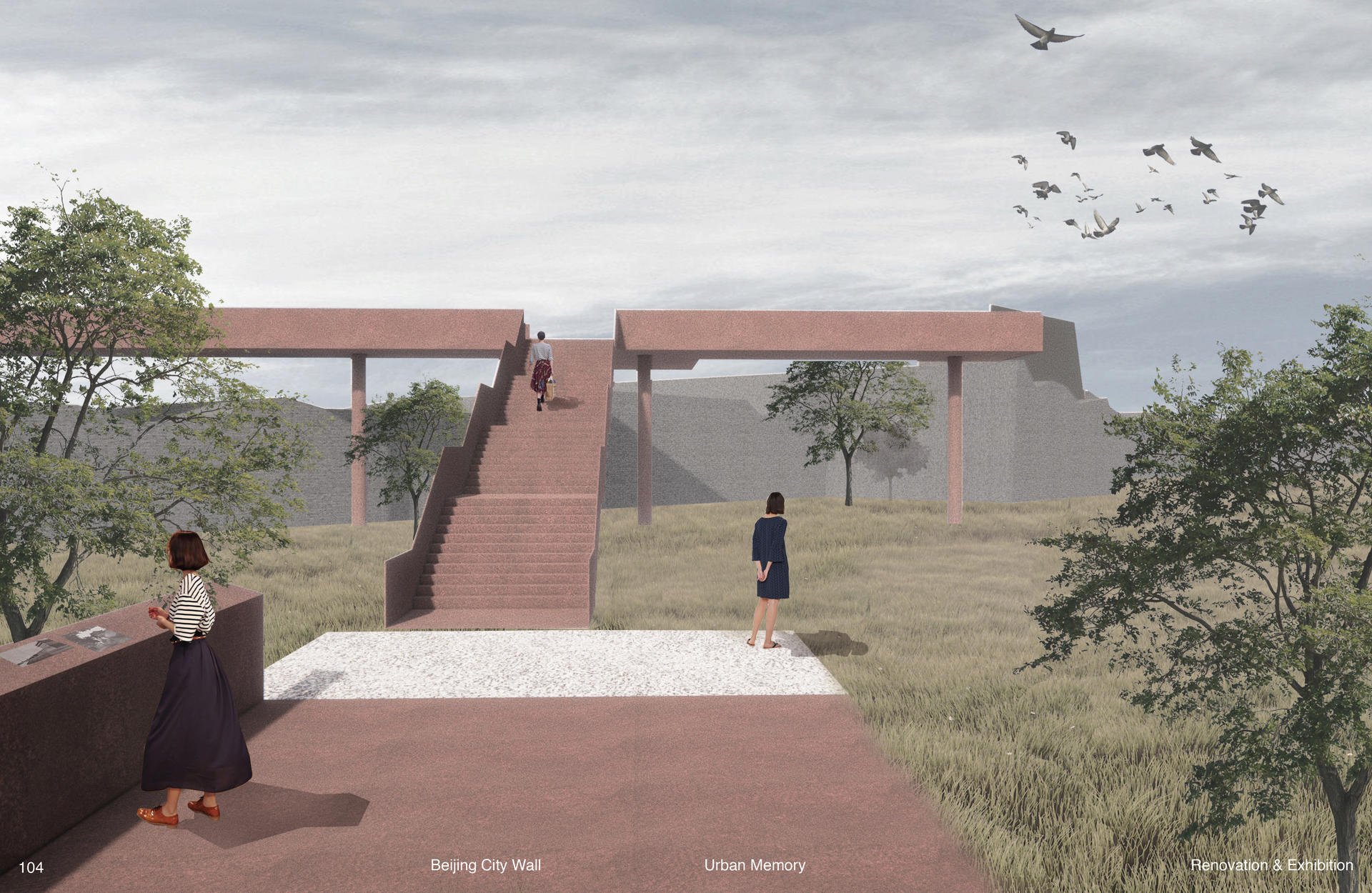
Image
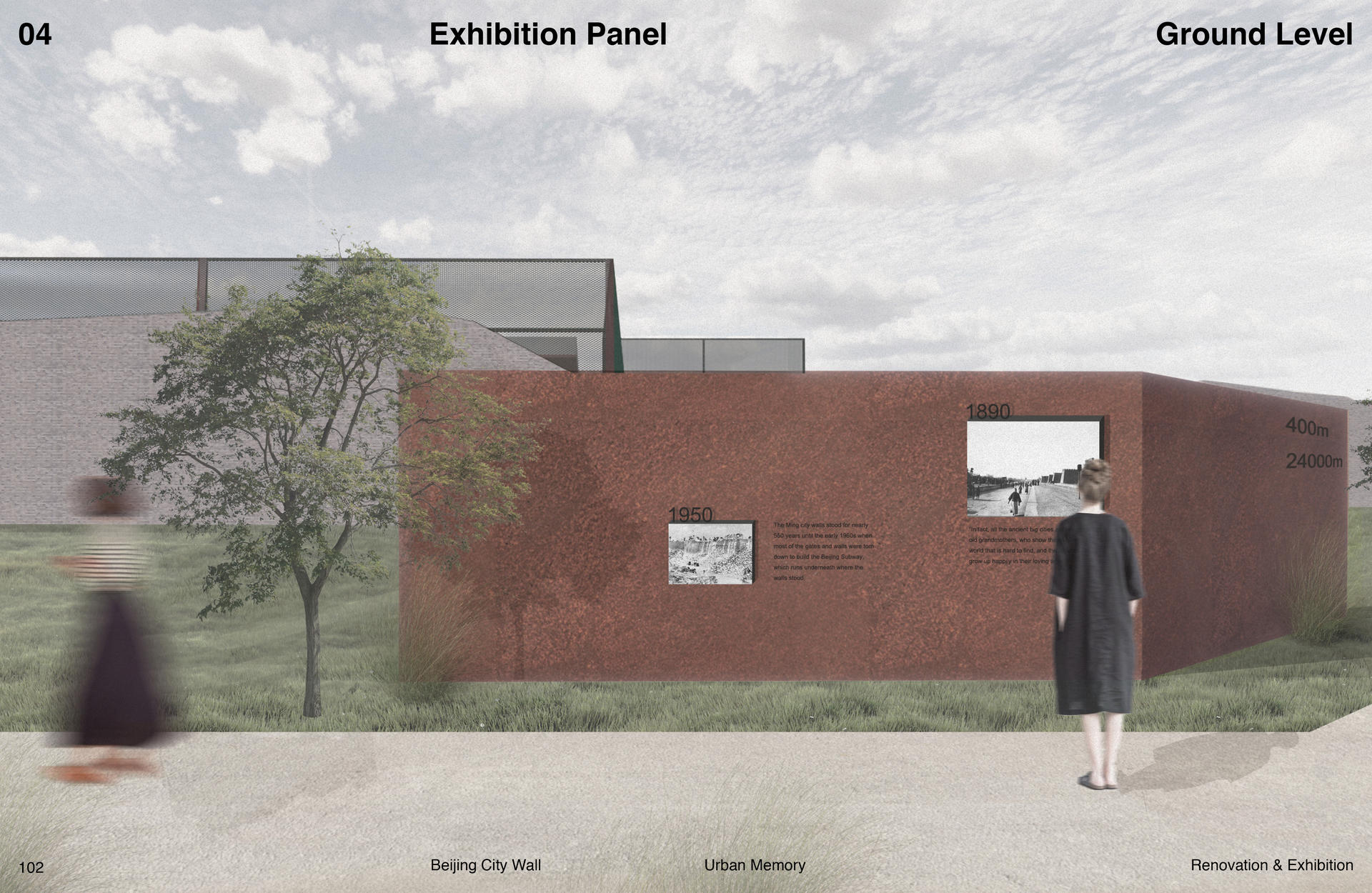
Image
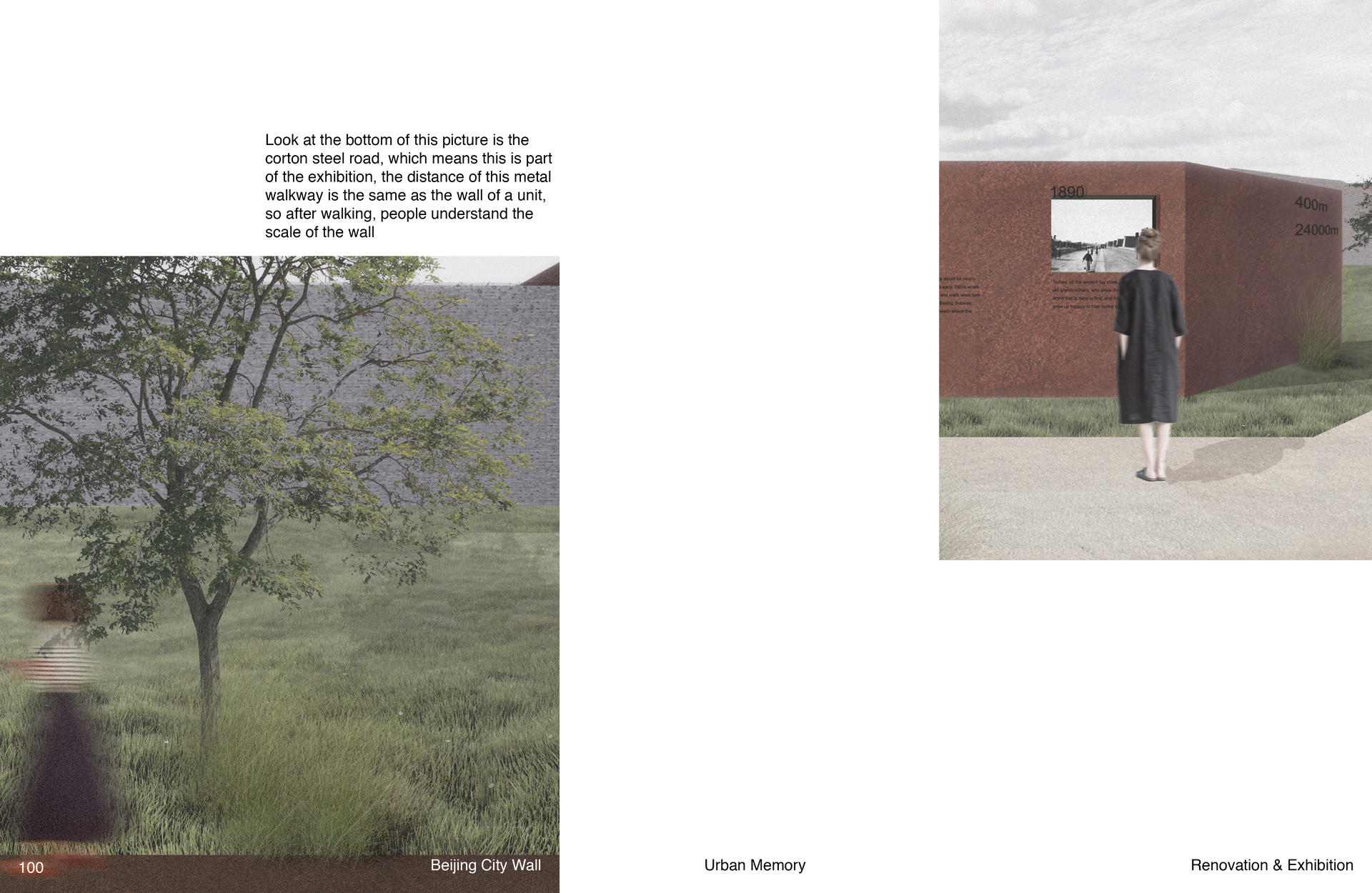
Image
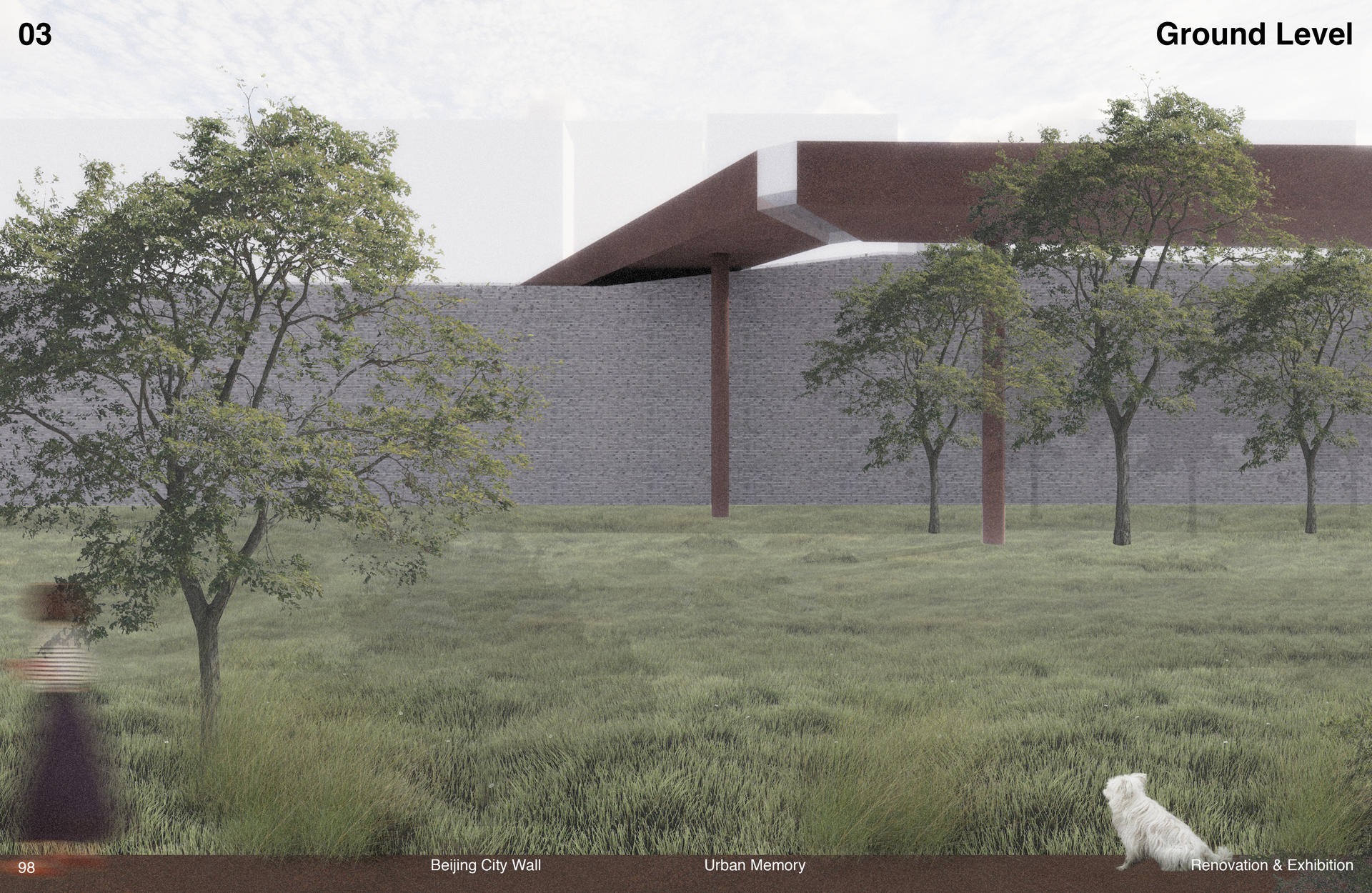
Image
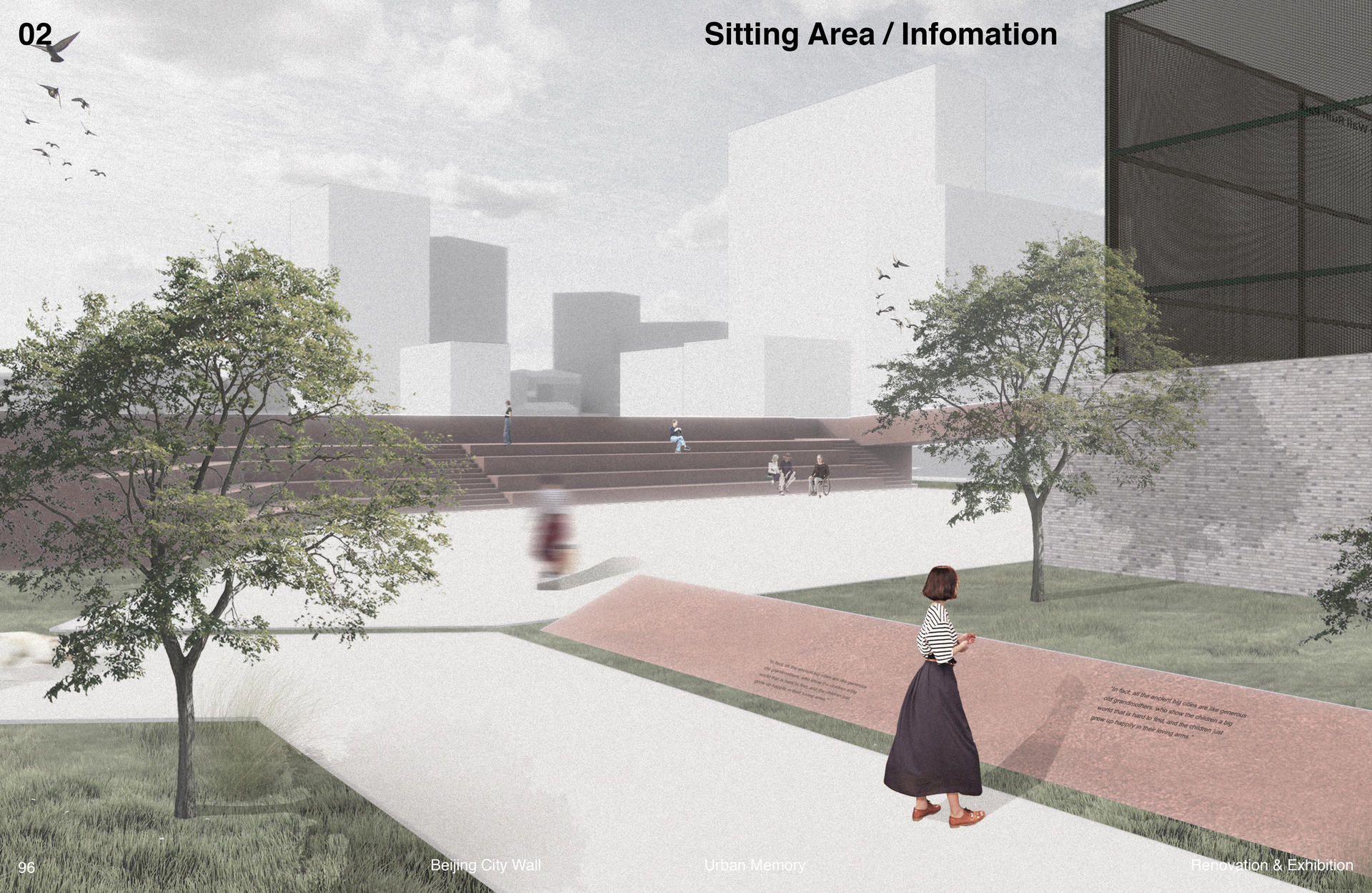
Image
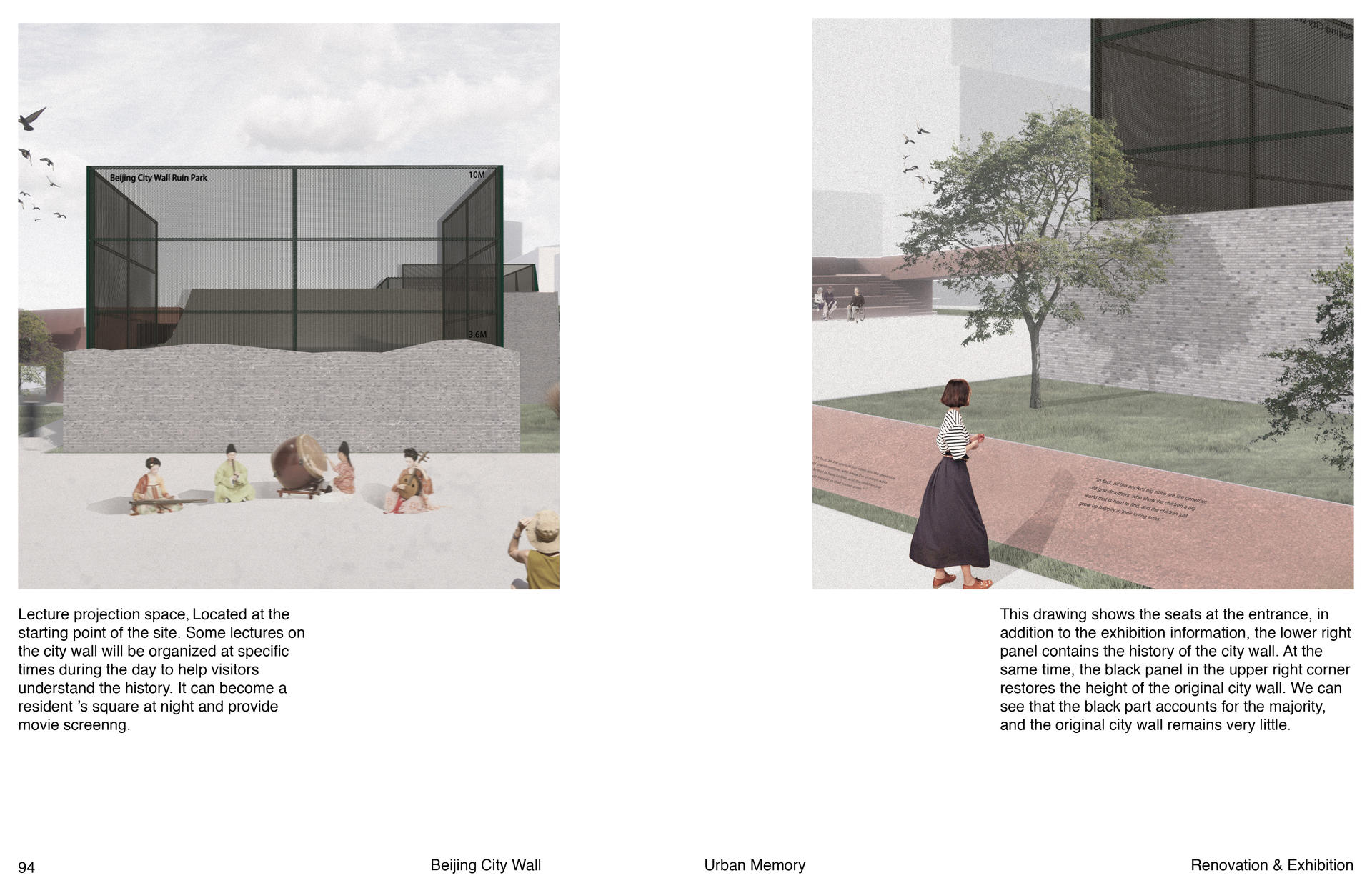
Image
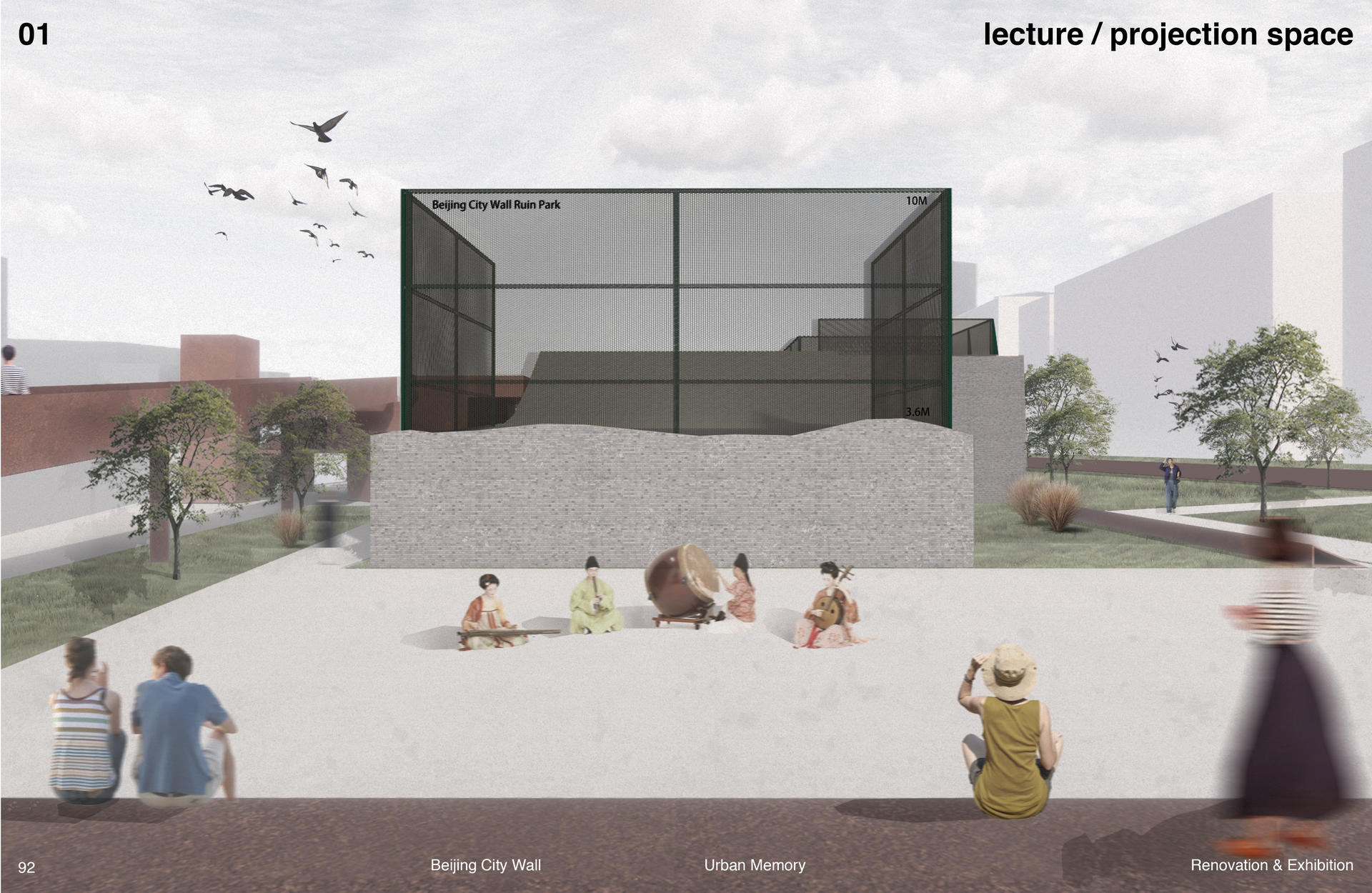
Thesis book: https://issuu.com/yuanjin4/docs/____
YUAN JIN 金媛
Rhode Island School of Design
Exhibition and Narrative Environment